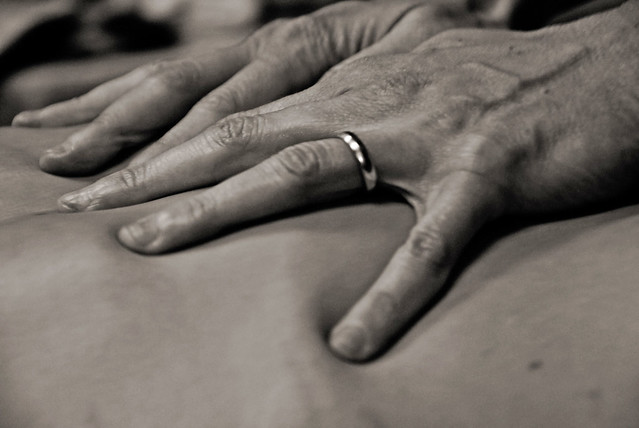
Vitamin D2 (gotta say, not as cute as Vitamin D3)
When we turned the clocks back yesterday morning, all I could think about was the extra hour of Sunday morning sleep that was coming my way. Then, when the afternoon came so did the sunset. At 4:30 it was already getting dark. Goodbye, Sun and Goodbye, Vitamin D.
What does Vitamin D do?
Helps calcium absorbtion. Protects against Rickets. May protect against
heart disease, depression, and cancer.
How do you get Vitamin D?
A type of cholesterol in our epidermis can be converted to about 10,000IU of Vitamin D3 with adequate amounts of sunlight. However, anyone north of the Mason-Dixon will probably get less because the UV rays are usually not as strong and therefore less effective at helping our body make Vitamin D. You can also eat Vitamin D rich foods like salmon, tuna, mushrooms, eggs, and milk.
How much Vitamin D do you need?
Here are the current recommended intake guidelines based on your age, although some studies say these amounts are too low. Because foods, sunlight, and supplements all yield different amounts and types of Vitamin D, it's best to get a combo of all 3.
Need some recipes? I thought you'd never ask.


Cooks Illustrated Simple Pan-Seared Salmon(above right)
Warm Quinoa, Spinach, and Shiitake Salad(above left)
Food & Wine's Double Mushroom Soup With Sauteed Shiitakes
Emeril's Tres Leche Cake
Whole Foods' Grilled Tuna Nicoise Salad(below)




